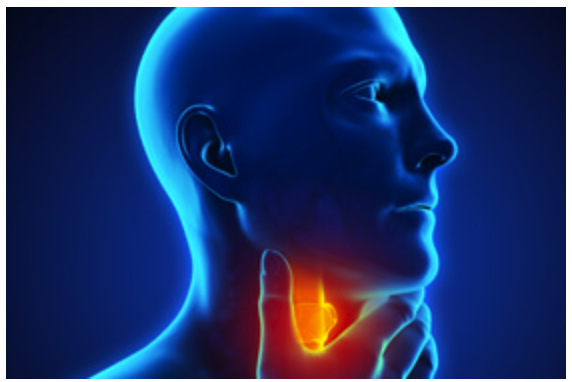AI With Ultrasound Can Identify Benign Thyroid Nodules
 A new study presented at ENDO 2022, the Endocrine Society’s annual meeting reports that artificial intelligence (AI) can be used to identify thyroid nodules seen on thyroid ultrasound that are very unlikely to be cancerous, reducing a large number of unnecessary biopsies.
A new study presented at ENDO 2022, the Endocrine Society’s annual meeting reports that artificial intelligence (AI) can be used to identify thyroid nodules seen on thyroid ultrasound that are very unlikely to be cancerous, reducing a large number of unnecessary biopsies.
Thyroid nodules are very common. Fine needle aspiration biopsy is used to diagnose thyroid cancer. However most biopsies produce benign (noncancerous) results and are potentially avoidable, according to study lead researcher Nikita Pozdeyev, MD, PhD, of the University of Colorado Anschutz Medical Campus in Aurora, Colo.
In the new study, researchers used machine learning, a type of AI, to analyze ultrasound images of thyroid nodules. Machine learning is the process of using mathematical models of data to help a computer learn without direct instruction.
More than 30,000 images from 621 thyroid nodules were used to train the machine-learning model that classifies thyroid nodules as “cancer” or “no cancer.” The model was tested on a different set of 145 nodules collected at another healthcare system.
The AI-based model achieved a sensitivity (ability to not miss cancer) of 97%, and a specificity (ability to correctly identify a cancer) of 61%. “This study demonstrates that the ultrasound-based AI classifier of thyroid nodules achieves sensitivity comparable to that of thyroid biopsy with fine needle aspiration,” Dr Pozdeyev said.
“We believe this is a good next step to improving patient care and avoiding unnecessary procedures,” he said. He noted that prospective clinical trials are needed before this tool can be accepted as a standard of care.
“We demonstrated that using AI analysis of ultrasound images to rule out thyroid cancer and avoid biopsy is definitely possible,” he said. “This technology could assist radiologists and endocrinologists in choosing which thyroid nodules should undergo biopsy, especially those in the community who may not review a large number of thyroid ultrasound images.”